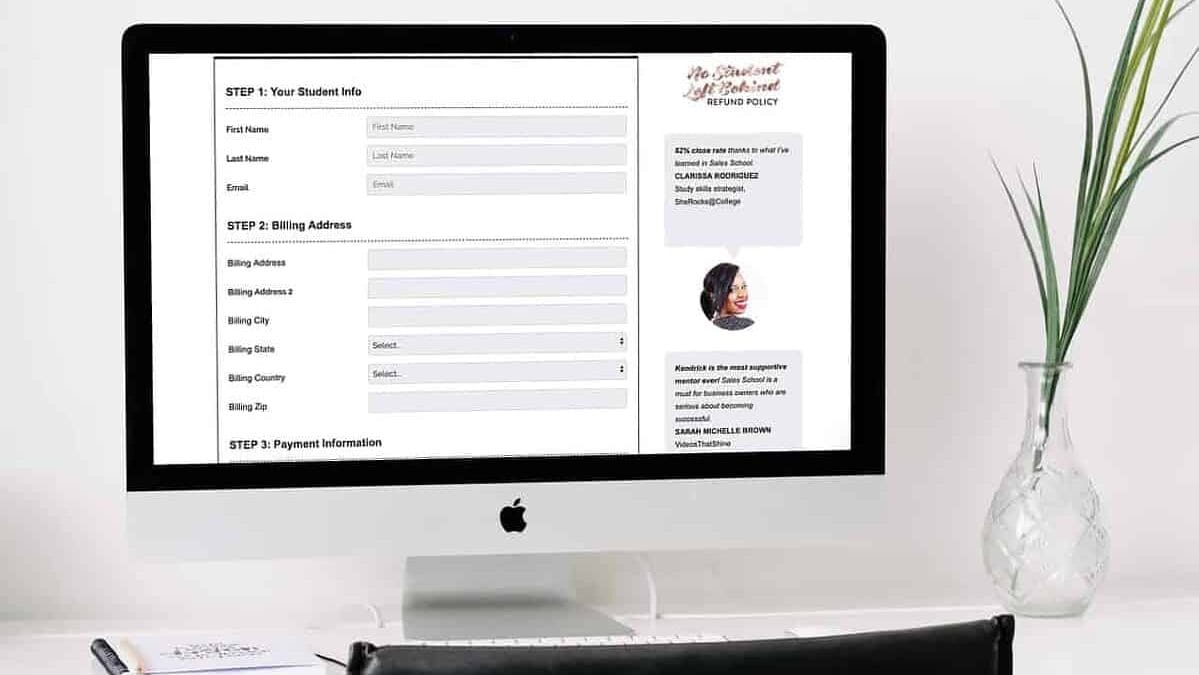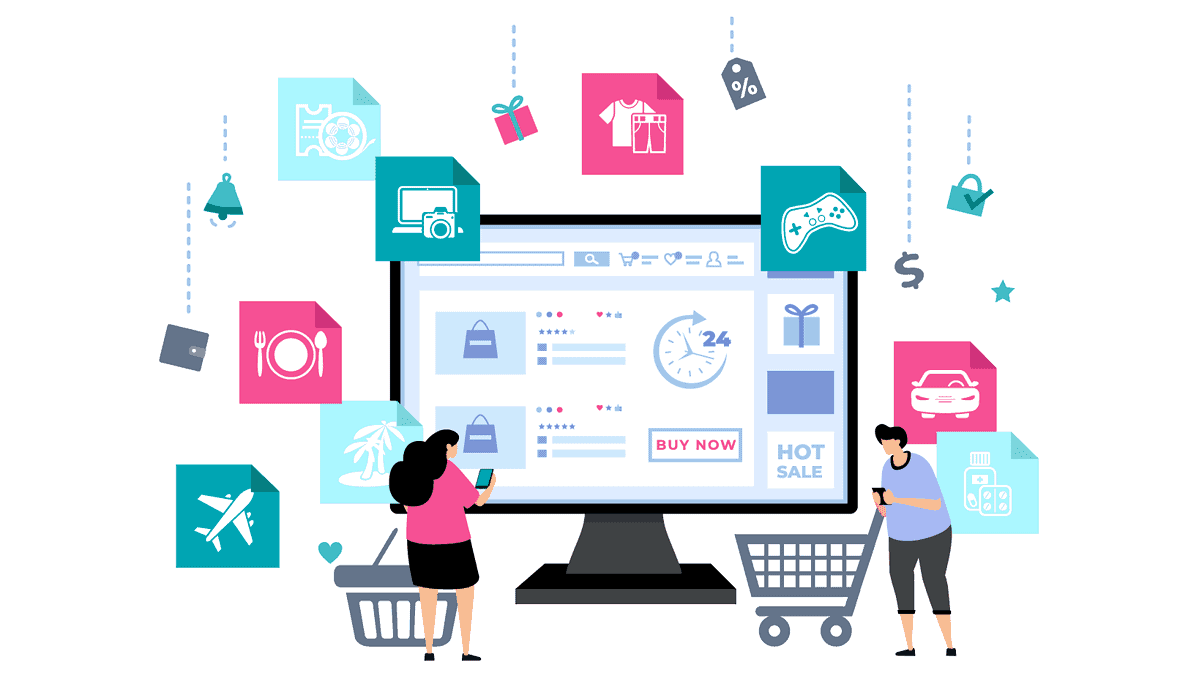Building an email list is one thing, but keeping those subscribers interested through a strong email engagement strategy is another. Converting the list into sales and revenue can be even more daunting.
The good news, though, is this: your email engagement strategy can begin at the most basic level of list building.
Let’s walk through how to write a sales or promotional email that builds engagement and helps drive revenue.
Your Email Engagement Strategy Should Be Founded In Your Writing Methodology
There is nothing fancy going on here. The “secret sauce” of an email engagement strategy is founded in one thing: how much your subscribers enjoy reading each and every email you send them. Connecting with your subscriber list is the basic foundation of building engagement.
The secret sauce of an email engagement strategy is your ability to write an unforgettable email.
If you’re writing solid emails that are getting opened and clicked on, you’re living the dream!
Set The Stage In That The Very First Email
The first email (at least) that you send out to a new email subscriber should be totally automated. Why?
Because it gives you the opportunity to welcome them properly and clearly spell out what they should expect from your emails in the future.
It also allows you to formally set the stage for what should be a long relationship with your new subscriber.
Some things to include:
- A heartfelt welcome, so they feel warm and fuzzy about getting your emails.
- How often you’re going to email them, so that they know when to look for you.
- What your emails are focused on, so they understand what value they can expect to receive from you.
- A little more about you, because you want them to connect on a personal level, too.
- A way to unsubscribe right away, in case they’re really adamant about NOT receiving any emails in their inbox
An email example that sets a foundation:
Hey, you!
I’m super glad you’re one of us now. Not just because I know I’m going to love getting to know you, but also because there’s so much amazingness in store!
From here on out, here’s what you can expect from me:
– A weekly email (delivered straight to your inbox!)
– Practical tips about business strategy AND some inspiring stories to kick your butt into gear
– An open ear … just hit “reply” if there’s anything you ever want to tell me!
But maybe you’re wondering “dude… who is this girl, anyway?”
Glad you asked 🙂
etc.
10 Questions To Ask Yourself When Writing Your Email Newsletter
1. What’s the plan for this email?
Go into every email with a plan on what you exactly want to accomplish. This plan should not only include the message you want to convey but also what action you’d like your subscribers to take after reading it.
As a general rule of thumb, there should be only one purpose per email.
Does this sound similar to a blog call to action (CTA)? It is!
Typically, you’ll also want to switch up the email plan a bit, alternating between sales pitches and solid information emails. It’ll help keep your subscribers from viewing you as predictable and this will build greater engagement, open rates, and sales.
2. Is this message consistent with my brand and mission?
Each email should have its roots buried deep in your business’ brand and mission. Even though you might be using non-related, personal quips as your email hook, you want everything to come full circle and point back at your business.
This can be a tough outline to follow, but remember that your readers became interested in you in the first place because of your business. They won’t necessarily follow you to a different niche.
3. Do I give my readers a reason to stay on the list?
What’s the quality of your email message? Does it bring value to your readers? Is it worth the time they’ll have to spend reading it?
I know that for a lot of us, giving away our best information for free can be terrifying, but that’s exactly what you want to do if you’re serious about your email list.
Each email (no matter what action you want your readers to take) should be filled with such value that your readers instinctively want to save them to read again later.
4. How would I phrase this if I were chatting with a friend?
In the corporate world, formality is a thing. But to your email list, formality is pretty much a death sentence.
After all, very few will voluntarily read through an entire email that begins “Dear sir or madam” and concludes with “Sincerely.”
So throw out everything you were taught about proper letter writing. The entire email should read as if you were having a friendly conversation with someone you know well.
And yes, that means contractions, slang, and unfinished phrases are all fair game here because that is how we communicate when we are speaking with close friends.
5. Are there enough links for those who want to go deeper?
While each email by itself should contain a valuable message for your readers, don’t forget to include links to bring people back to your website.
In some ways, it’s like a weekly (bi-weekly, whatever) treasure map for your subscribers, linking them to a new gem week after week.
The reason why consistent links (and the corresponding CTAs) are so valuable is that they begin to develop a habit of action with your subscribers.
Ideally, in the end, you want your readers to subconsciously think “what will I discover today?” the moment they see your email popups.
This approach will help readers act more quickly when you do send out those sales sequences.
6. Does this phrase or sentence really need to be included?
This is your gut check. It doesn’t matter if you write a lot or tend to keep things concise. Every word needs to earn it’s keep if it wants to stay in your emails.
Even the best of writers have to edit at least once (and usually 2 or 3 times) before the material is ready to be sent out.
If your writing tends to be too wordy and rambles on:
Your readers will quickly catch on that there’s a lot of useless “stuff,” and they’ll start scanning the emails, instead of reading them with attention.
If you know you tend to ramble a bit when you write, look for:
- Lengthy, run-on sentences – try to write sentences with 20 words or less.
- Repetitive sentiments – it’s ok to repeat yourself once or twice for emphasis. But if you repeat yourself a lot, it stops being cool. Repeating yourself just makes people tired. So don’t repeat yourself that much.
- Too many coordinating conjunctions – remember those grammar classes? Too many words like but, and, nor, so, also, etc. lose their emphasis quickly when overused, especially at the beginning of a sentence. Keep them to a strategic minimum for best results.
- The length of your paragraphs – when reading on a computer screen (as opposed to in a book), lengthy paragraphs become really hard on the eyes. Because of this, try mixing up short paragraphs (i.e. one sentence) with the longer 2-3 sentence paragraphs. It will be much easier for your readers to stay focused and engaged.
If your writing tends to be too concise:
Your readers might not be able to follow the logic of your message, becoming frustrated or simply detached from your mission as a result.
If you find yourself consistently wondering if your sales email is too short, then look for:
- Ways to repeat yourself – totally contrary to what you might think, a little repetition can definitely help readers catch when an idea is REALLY important versus only kind of important.
- Places to add a connecting thought – it’s easy to jump from point A to point B… without describing how you actually made that leap. Look for ways to add some more descriptive information wherever it makes the most sense.
- Places to add words of emphasis – sometimes, simply changing a phrase like “this is one way to grow your email list” to “this is one pretty sweet way to grow your email list” can make a world of difference. Your readers will appreciate the additional words of emphasis to help them understand how they’re supposed to take it all in.
7. Is this email subject line intriguing?
After your email has been written, you can start working on the most important part of it all: the email subject line.
The subject line will determine whether your email is opened at all. If you’ve spent hours writing the email itself, plan on spending a decent amount of time coming up with the perfect one-liner to grab the reader’s attention.
To be totally honest, email subject lines are tricky. With the average person receiving over 130 emails per day, your own promotional content has a ton of competition. It could all be overlooked or deleted immediately simply because your subject line didn’t catch the reader’s eye quickly enough.
Your email subject lines should include one or more of the following:
- Stand out visually
- Evoke an emotional response
- Include numerals
- Ask a question
- Speak to your client personally (use first-names when possible!)
- Paint a picture
And, of course, the type of subject line you write might change in effectiveness based on who’s on your email list. If your email marketing system allows for it, take time to split test your subject lines to see which ones perform better than others for your own tribe. Split testing can go a long way in boosting email open rates.
Incidentally, Digital Marketer just came out with their annual review on email subject lines that have worked for their business.
8. Does this subject line really represent the email?
Once you think you’ve found the perfect subject line to use, ask yourself this question. Because sometimes we can get too focused on getting subscribers to click, at the cost of being honest and transparent with them.
Your subject line should always represent the content within the email if you want your subscribers to stay happy and engaged.
9. Am I giving my readers an easy way to opt-out?
Is this your worst fear?
It’s totally mine. Especially after I’ve spent weeks or months trying to build up my email list.
But a healthy email list isn’t all about the numbers. A smaller list of active and engaged subscribers is going to be much more valuable than an enormous list with readers who just don’t care.
Making your “unsubscribe” option prominently visible in each email (we put ours in full-size text just below the P.S.) will not only allow uninterested readers to cut back on the clutter of the inbox … it’ll also make it less likely for them to start marking your emails as “spam.”
On a practical level, a higher-quality, lower-volume email list may save you a bit of money if you’re using an email marketing system that charges on a per-subscriber basis.
10. Do my readers know I want to hear back from them?
Whenever I receive an email newsletter that tells me to “hit reply,” I immediately get a little excited. In a world of impersonal, bulk emails, it’s really nice to think that someone actually cares what I have to say in response.
Of course, if you’re going to invite your readers to respond, make sure you’re able and willing to follow up.
I say that because I’m still bitter at two entrepreneurs (who shall remain nameless) who graciously included a “what do you think?” message in their newsletters, then failed to acknowledge my carefully-written email in response. It made me realize that they weren’t quite as genuine as they wanted me to believe.
Rinse and Repeat!
Each sales email is a new adventure with its own opportunity to connect with your subscribers. Don’t ever take it for granted!
And yes, we’re still in the midst of our live 30 Day List Building Challenge journey here at AccessAlly. So if you’re ready to add some more high-quality subscribers and amp up your email engagement strategy, join us for FREE here:



